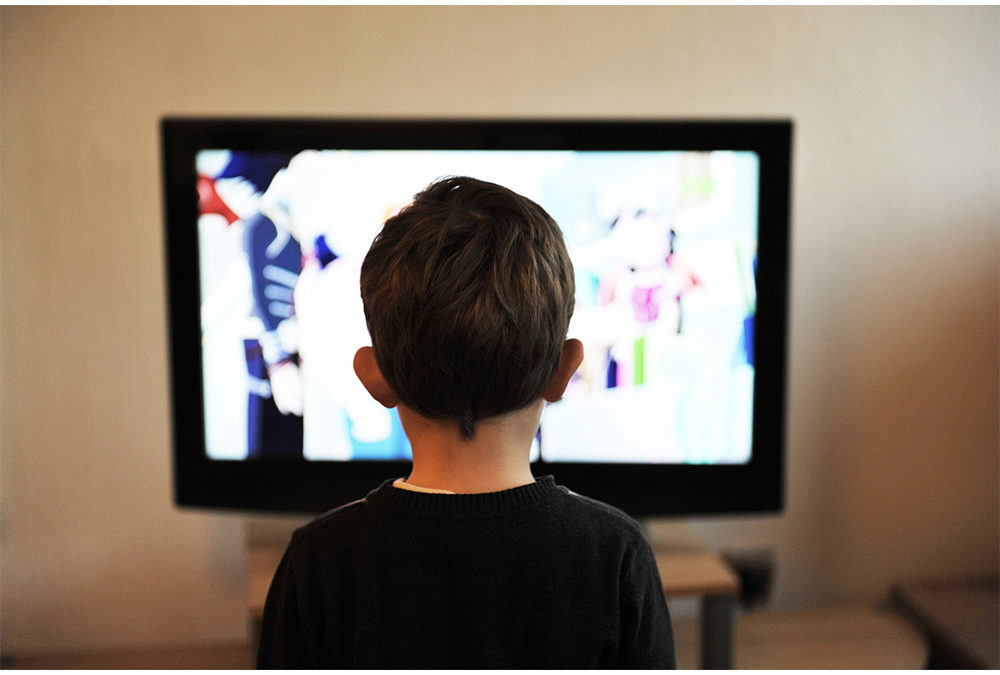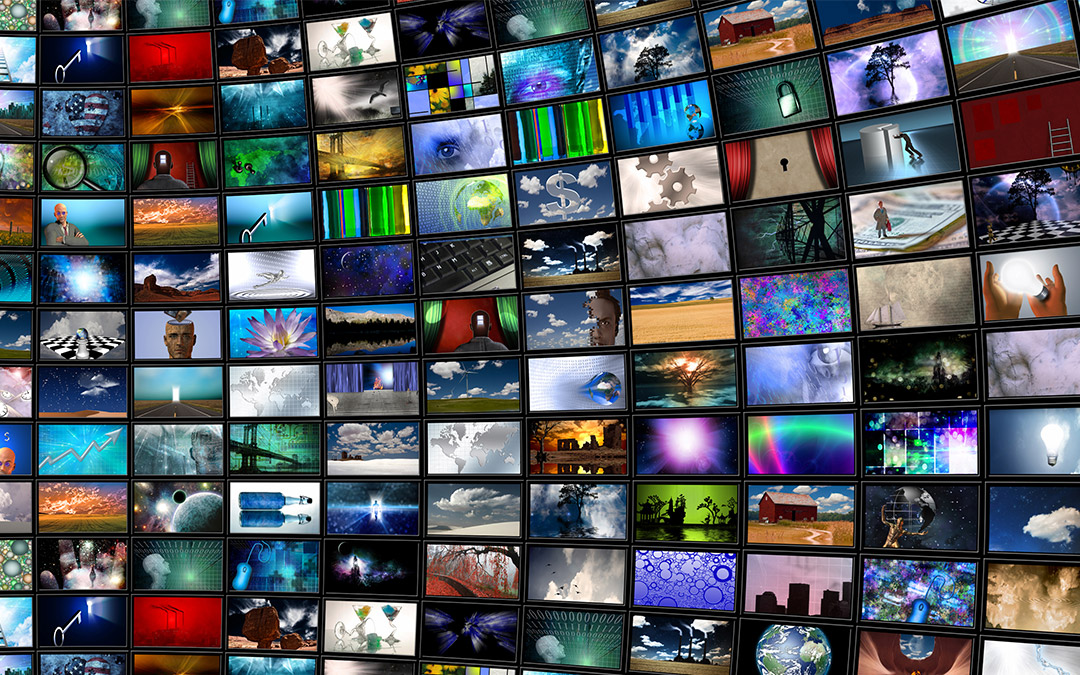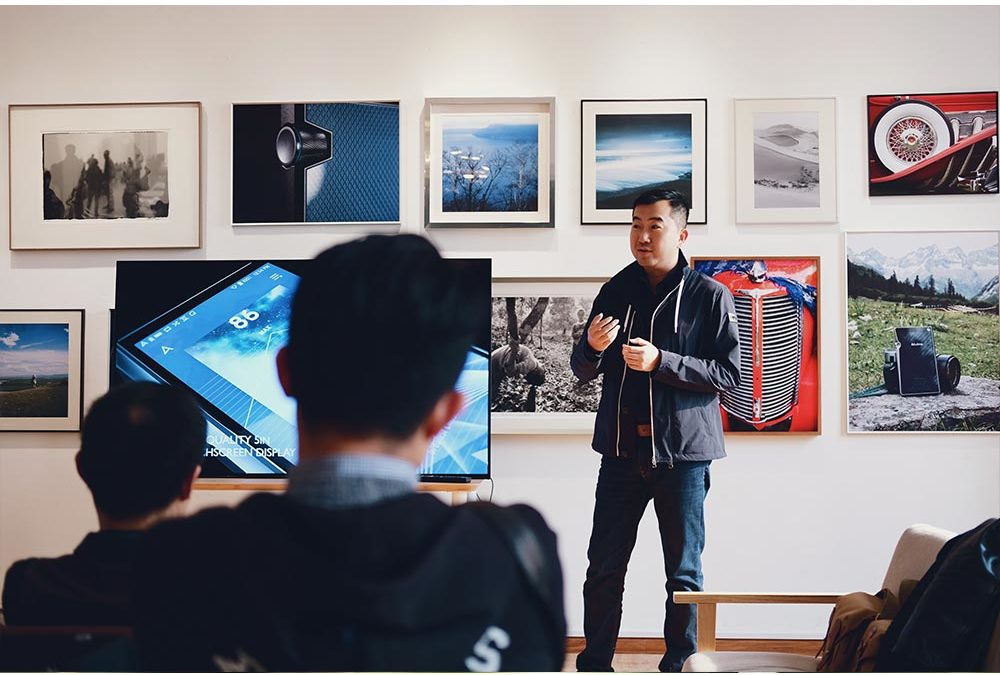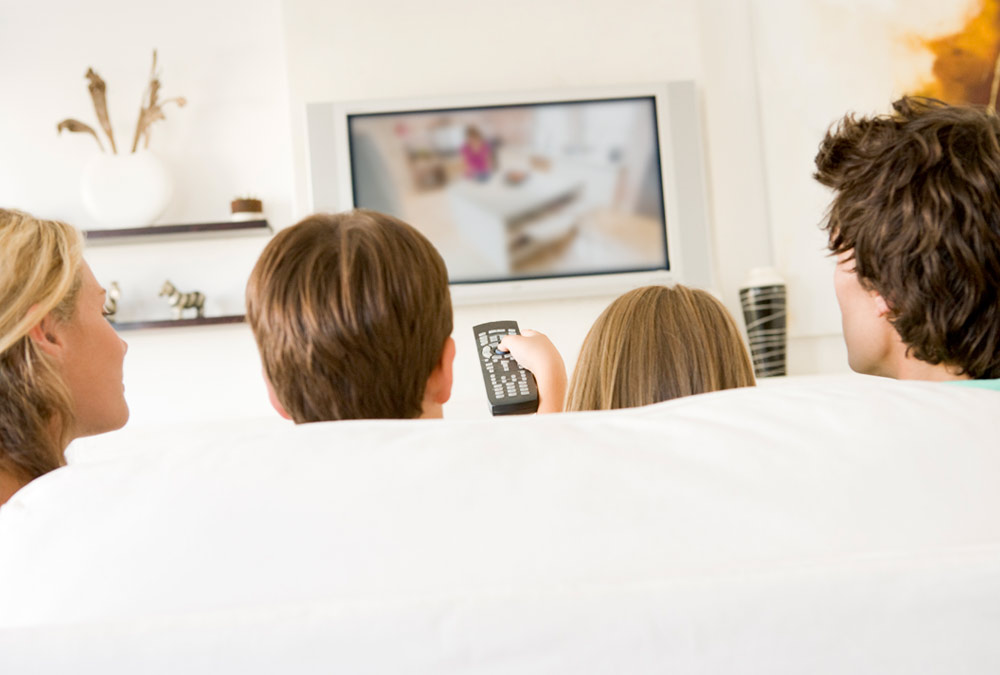
Turning Connected TV Viewers Into Customers
Connected TV and streaming services have been on the public’s radar for quite some time. However, it wasn’t until 2020 that this trend exploded. Many Americans canceled their cable subscription services, most saying they won’t go back. In response to the recent pandemic, data shows that OTT video streaming increased by 400% — and average revenue per subscriber is still growing.
Favoring connected TV and streaming services, this movement has led to significant business opportunities, especially in terms of marketing and customer acquisition. Research shows that 59% of ad buyers planned to increase spending on connected TV and OTT in the second half of 2020. Brands planned to increase CTV/OTT budgets by 32%, and agencies were looking to increase spending by 46%. This means that if you’re not considering the power of CTV/OTT ads this year, you risk being left behind.
There are many reasons to take the leap, including greater customer acquisition.
If your goal is to get more customers this year, here’s what you need to know.
Research Supporting the Benefits of Connected TV for Advertising Is Overwhelming
Since 2020, research shows that the “streaming generation” has shifted toward a connected TV culture. COVID compressed years of marketing innovation and disruption into a few short months, and things are unlikely to go back to the way they once were.
Here are some findings from the white paper, The Future of TV Report: The CTV Tipping Point:
- 15% of consumers canceled their cable subscription during the pandemic. However, advertisers could reach over 84 million households via connected TV and streaming services.
- 79% of people who stopped paying for cable said that they are unlikely to subscribe again.
- Ad revenues dropped 14% year-over-year across all types of media, yet ad revenue from CTV/OTT saw an increase of 17%.
- 89% of marketers reported connected TV is more effective, or is equally effective, as tools offered through linear TV.
- CTV is leading to ad creativity, with 59% of TV media buyers making shorter ads a priority.
- 37% of ad buyers plan to hire new talent fluent in CTV, and 55% said they plan to take steps to ensure that their team can navigate both channels (linear and CTV).
- 95% of marketers said that CTV achieved desired key performance indicators.
This has created opportunities for business owners and marketers based on the benefits of CTV advertising. This report found that:
- Advertising may be a different experience on CTV platforms compared to traditional TV. Approximately 57% of viewers say that they would be “open” to lowering their subscription cost on paid platforms if they were to see ads every other episode while watching a show.
- Another 40% said they would prefer ads that were tailored to their interests.
- Only 14% said they would pay a premium for an ad-free experience, while 71% preferred a free or lower-cost ad-supported model.
The Benefits of Connected TV Advertising
A report by Emerging Alliances found that direct-to-consumer shoppers spend the majority of their weekly TV time watching streaming services — equating to 13 hours. This is 20% higher than cable and 70% higher than social. Incredibly, 82% of these shoppers take action after they see a CTV/OTT ad, showcasing the effectiveness of this strategy.
Although you may have largely relied on marketing through social media platforms until this point, CTV/OTT is now offering the perfect blend of digital marketing capabilities with the viewing experience of television. If your goal is to make your connected TV audience into new customers, it’s important to understand the value of targeted advertising.
The key here is to embrace data-driven advertising. Unlike traditional TV advertising, connected TV and OTT allow you to target an audience with much greater certainty. This audience-first strategy offers the benefit of more precise and measurable outcomes.
With CTV, you know exactly who is viewing your ads. This helps you stay on-trend with consumer behavior.
Other benefits include:
- Budget-friendly — Thanks to precise targeting, connected CTV advertising is cost-effective! Since you can reach your target demographic, this will allow you to stretch your budget.
- Improved viewability — Not only are CTV viewers often more engaged because of the on-demand experience, but this approach allows you to track how many target users actually saw your ad. This will allow you to optimize, focusing on brand awareness and customer acquisition.
- Ad format experimentation — Want to see what call-to-actions work best for your current goals? Split test with CTV advertising.
- Data-driven targeting — Use first- and third-party data to reach your most valuable audience in terms of conversion rates.
How to Make Connected TV and OTT Generate New Customers for Your Brand
When creating your CTV campaign, the planning process will be like any other advertising strategy.
You need to set marketing objectives and define your goals. In this case, your core goal will be to generate new customers. Based on that goal, you need to create an action plan, which includes the following steps.
Step one: Define your target audience
When planning your CTV ads, you need to know who your target audience is. When identifying who your audience is, consider the following categories.
- Demographics, including age, income, and location.
- Interests, including their personal goals, family life, and recreational activities.
- Purchasing behavior, focusing on the information your audience likes to have before they make a purchase. This will help you improve your message when aiming to generate new customers.
Step two: Decide where you want to display your ads
You want to go where your audience is. Consumers seek brands they’re familiar with when it comes time to buy, which is why you want to advertise where prospective customers will find you. Based on your target audience, would you benefit from advertising on CNN or Discovery+? What about Apple TV or Roku?
Baskin Robbins is an example of when traditional TV ads and CTV ads complement one another. This beloved company displayed an ad on linear TV and Roku (CTV). Data shows that 86% of the viewers on Roku who saw the ad did not see it on linear TV, leading to a 10.6% incremental reach.
Step three: Stay mindful of key metrics
As you record and analyze your data, continue to optimize your approach. Depending on your ongoing goals, launch multiple campaigns, targeting different types of consumers. Set performance benchmarks and then split test your top two creatives.
Adjust and tweak your campaigns according to the data you collect.
Recommended reading: How to Develop Creative Advertising That Motivates Customers to Try and Buy
Step four: Work with an advertising agency that will ensure the greatest ROI
Partnering with a credible advertising agency can help you save money by maximizing the value of your advertising budget. This step is especially important if you have no experience in CTV advertising. Now is the time to take advantage of this opportunity, so work with a team that will help you get the most out of your advertising campaigns.
DX Media Direct Can Help You Achieve Your Goals
If you’re new to CTV advertising or simply require expert support, DX Media has over 25 years of experience helping brands achieve growth.
We specialize in the four key components of any successful CTV campaign, including:
- Data science
- Technology
- An experienced CTV/OTT media buying team
- Volume discounts
Ready to take your upcoming CTV campaign to the next level? We can help you develop a winning strategy to generate more customers!
We offer a free, no-obligation consultation, so contact us today!


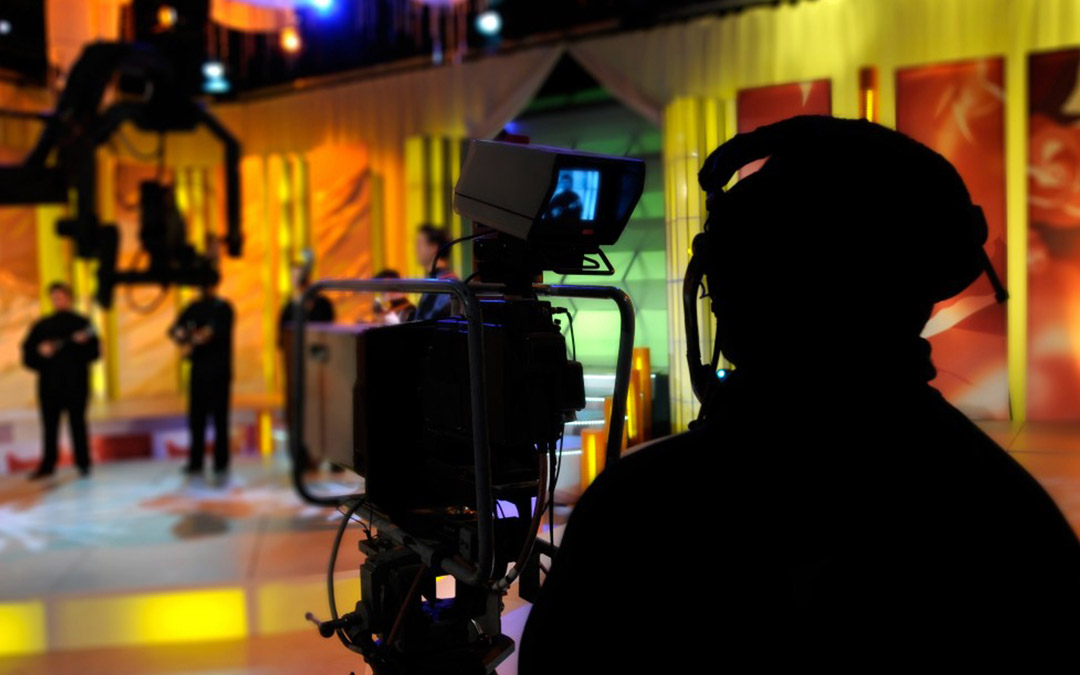
 Direct response TV ads are best for businesses with a big budget and a product that a demonstration would benefit. The typical cost ranges from $40,000 to $600,000 based on the length of the ad, the location of the business and whether a celebrity is in the ad as well as other things. There are ways to produce ads for as little as $2,500 if your product or service can use voiceover and visuals.
Direct response TV ads are best for businesses with a big budget and a product that a demonstration would benefit. The typical cost ranges from $40,000 to $600,000 based on the length of the ad, the location of the business and whether a celebrity is in the ad as well as other things. There are ways to produce ads for as little as $2,500 if your product or service can use voiceover and visuals.